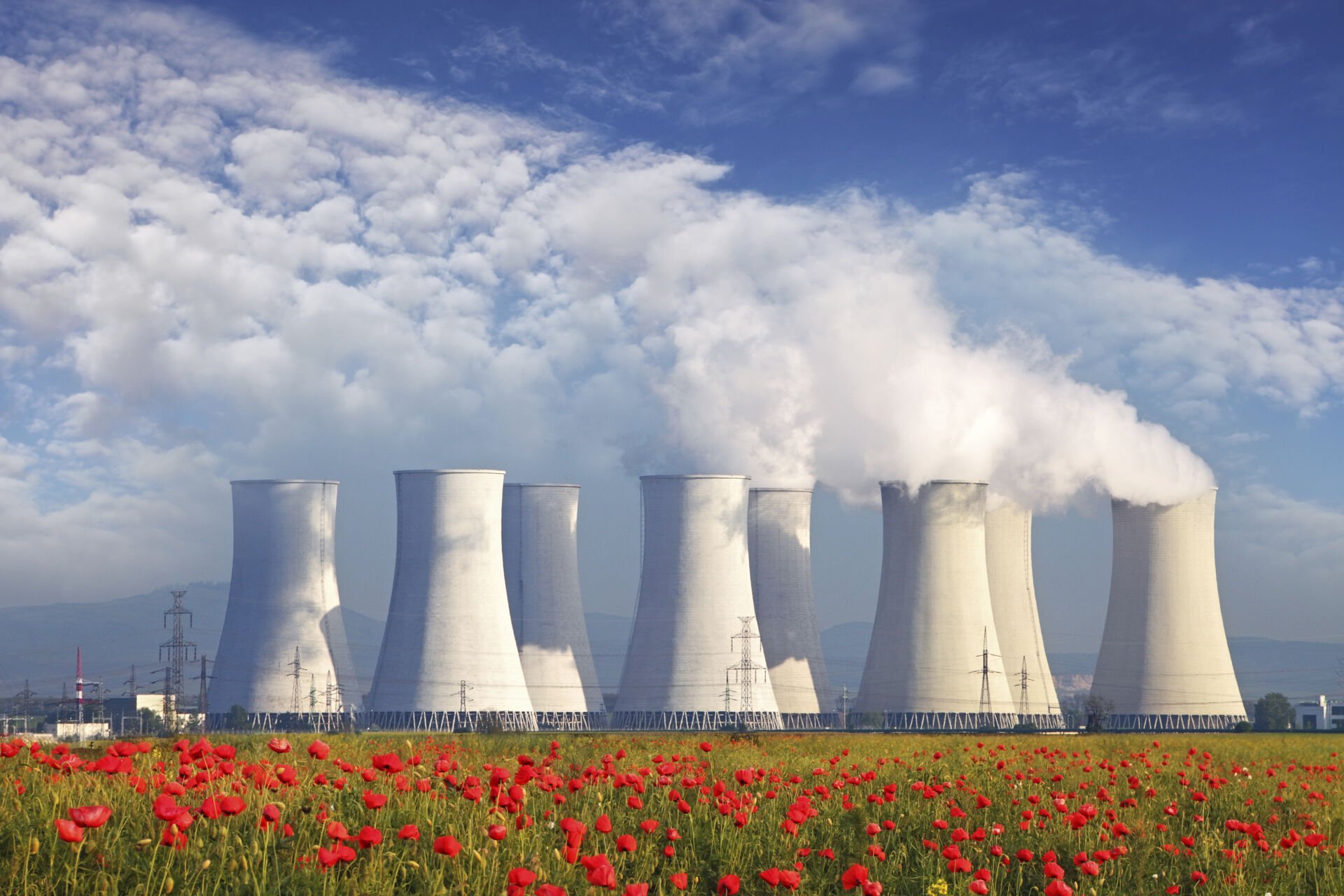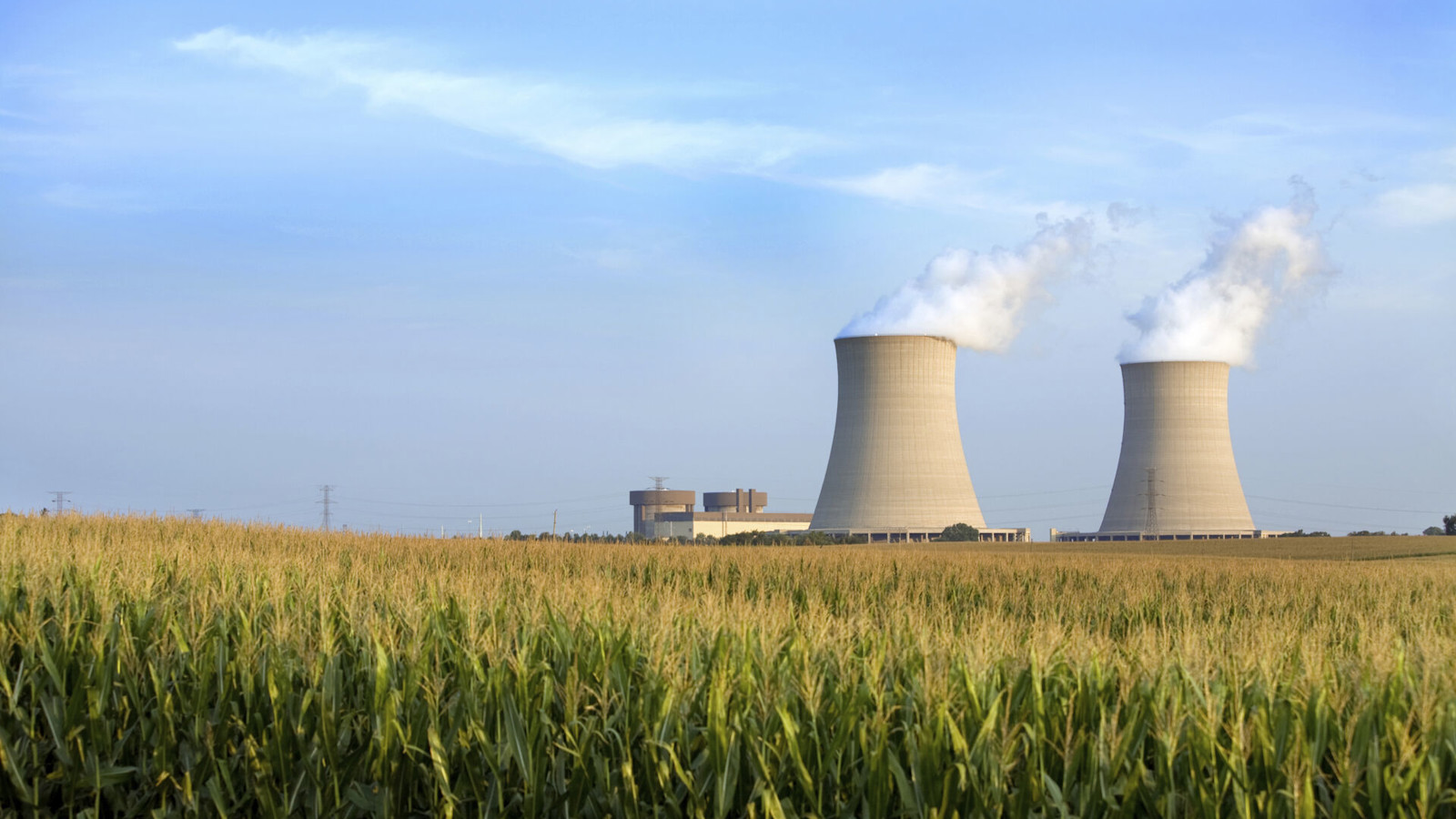As the world seeks to solve an increasingly complex energy puzzle, nuclear has once again made its way to the top of the political agenda.
As a supplier to the nuclear sector for more than five decades, Alleima is well-positioned to support the nuclear industry as it eyes a safer, even more effective future.
There is no denying nuclear has had its ups and downs. From Homer Simpson’s green glow to devastating recent memories from Chernobyl and Fukushima, most of us are more than aware of its potential risks. Yet nuclear technology is also one of the cleanest, most reliable – and, when managed correctly, safest – energy sources on the planet.
Nuclear is proven, reliable and safe – when maintained correctly
Nuclear technology is well proven, as evidenced by the fact that it currently accounts for close to one-fifth of the U.S.’s electricity production [1], but it has not always been viewed favorably by public opinion. Today, however, as the world looks to transition away from its reliance on fossil fuels, nuclear’s popularity is very much back on the rise.
“Many nations are coming to the conclusion that nuclear power is currently the best option we have to reduce carbon emissions and provide energy security, especially considering the current geopolitical situation,” comments Brian Irving, Alleima’s Regional Sales Manager for the Americas, specializing in Nuclear Power.
”Unlike other CO2-free energy sources, nuclear is not intermittent and therefore provides a solution that can help to stabilize the grid without emitting any carbon dioxide during its production,” continues Tom Eriksson, Executive Vice President and Head of Strategic Research at Alleima.
“If you look at how long nuclear has been on the grid, and the running hours of a nuclear reactor compared with other sources of energy, you’ll see that it’s a relatively safe, reliable source of energy – when correctly maintained,” adds Irving.
SMRs: small modular reactors
Nuclear may be bigger than ever, but one might also argue that it is about to be smaller than ever. Since nuclear power plants were first established in the 1950s, the size of reactors has steadily grown from 60 MW to more than 1600 MW. However, in recent years, a new design for a smaller-scale option for nuclear energy has been in the works. Small modular reactors (SMRs) are defined as reactors using module factory fabrication, pursuing economies of series production and short construction times. Designed to introduce more flexibility in the nuclear energy industry, SMRs are opening up possibilities in new regions around the world.

The International Atomic Energy Agency (IAEA) defines an SMRs as a reactor that is under 300 MWe, less than 25% of the size of a traditional reactor. A smaller footprint means nuclear energy can be introduced in new regions where there wasn’t previously a need for a larger-scale output power plant.
“In developing SMRs, the nuclear sector is building on the extensive knowledge and experience it already has and working on new materials to make reactors more efficient and safer,” continues Irving, adding that he believes SMRs will play a major part in addressing the safety concerns still faced by the nuclear sector.
We already work hand in hand with the top players in the nuclear segment.
More than five decades of nuclear expertise
As a partner to the nuclear industry for more than five decades, Alleima has been involved in the development of the SMR supply chain from the outset. Having manufactured advanced stainless steels, special alloys, and nuclear tubes for more than 100 nuclear power plants worldwide, Alleima is already in the process of optimizing its highly specialized materials for future applications. Many of the materials in SMRs will be the same alloys used in traditional reactors, but adapted to a smaller scale.
“We already work hand in hand with the top players in the nuclear segment, where we are one of very few suppliers with total control of the complete supply chain and production process from melt to end product,” says Irving.
Alleima has consistently shown a commitment to the nuclear industry, including opening the largest mill dedicated for nuclear steam generator tubing, back in 2012.
“Our facilities are staffed by people who are in a league of their own when it comes to expertise,” Irving continues. “We welcome the opportunity to show off both our mills and personnel to existing and prospective customers.”
Fourth-generations nuclear technology
While SMRs can be implemented using current nuclear technology, which is also known as generation III/III+ and is based on pressurized water reactors, Eriksson explains that the fourth generation of nuclear technology is expected to evolve even further.
 “Fourth-generation nuclear technology is based on an entirely new design that allows more of the active material to be used for longer. Furthermore, the waste material has a shorter half-life and needs to be stored for significantly less time than waste from today’s technology,” explains Eriksson, who adds that this new generation of nuclear is likely to be based on one or several of six main reactor technologies. The most promising include lead-cooled reactors, molten salt reactors and sodium-cooled fast reactors.
“Fourth-generation nuclear technology is based on an entirely new design that allows more of the active material to be used for longer. Furthermore, the waste material has a shorter half-life and needs to be stored for significantly less time than waste from today’s technology,” explains Eriksson, who adds that this new generation of nuclear is likely to be based on one or several of six main reactor technologies. The most promising include lead-cooled reactors, molten salt reactors and sodium-cooled fast reactors.
“We have studied the ways our materials behave in salt melts and molten metal and optimized them for a variety of fourth-generation outcomes,” continues Eriksson.
Accident tolerant fuel technology
In addition to its research and development work surrounding generation-four nuclear technology and SMRs, Alleima is also developing products for another promising safety-focused solution, namely accident tolerant fuel technology.
“These are applications that generate less hydrogen gas, which could be explosive, in the event of an accident,” says Eriksson.
Furthermore, Alleima steam generator tubes release very small amounts of metal ions into the primary coolant water – another safety feature for the current nuclear technology that minimizes the risk of deposit buildup and cracking of the fuel tubes. In addition, the very limited release of metal ions minimizes the contamination and activity buildup in the primary system, which is very beneficial to the efficient operation of the nuclear power plant.
Looking to the future, we have various projects in the works that will support the nuclear industry, regardless of the direction it takes.
“A nuclear renaissance”
Alleima is not alone in its commitment to developing safer nuclear solutions for the future. The company is proud to be participating in a range of research projects. They include INNUMAT (Structural Materials for Fission and Fusion), an EU-funded project that aims to develop innovative structural materials for nuclear applications and put them on track towards qualification for fission lead-cooled and molten salt fast reactors, and SUNRISE (Sustainable Nuclear Energy Research In Sweden), a research center established at KTH university in Stockholm that seeks to take the first step towards building a lead-cooled research and demonstration reactor in Sweden. These reactors could eventually pave the way for sustainable electricity and heat production with fourth-generation nuclear power.
“Looking to the future, we have various projects in the works that will support the nuclear industry, regardless of the direction it takes. For example, we might deliver new accident-tolerant tubing to be used in water-cooled reactors as part of the current III+ technology, but we are equally prepared to support the growth of SMRs and fourth-generation nuclear,” says Eriksson, concluding:
“Whichever way it goes, it’s safe to say we are in the midst of a nuclear renaissance.”
[1] https://www.eia.gov/energyexplained/electricity/electricity-in-the-us.php
